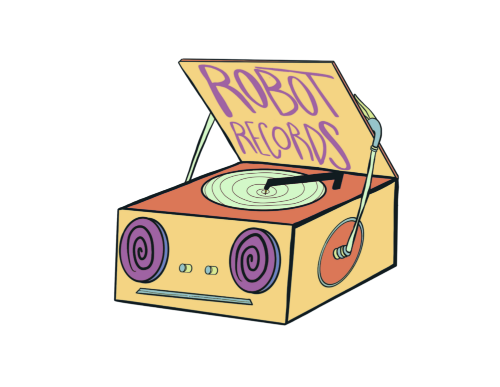Finding the Perfect Groove: Direct Input vs. Mic'd Bass Guitar or a Blend of Both?
Direct Input: Clean and Consistent
Recording a bass guitar directly into an audio interface has become a popular choice for many musicians and producers. The direct input (DI) method involves connecting the bass directly to the interface, bypassing the need for an amplifier. Here are some advantages of using the DI method:
Clean Signal: Direct input recordings offer a clean and clear signal, free from any coloration or influence of room acoustics. This can be advantageous when aiming for a precise, defined bass tone.
Consistency: DI recordings provide a consistent tone, making it easier to achieve a polished and even sound during mixing. This consistency can be particularly useful when working on genres that require a tight, controlled low end.
Versatility: DI recordings allow for greater flexibility during the mixing stage. You can experiment with various virtual amplifiers and plugins to shape the tone according to your preferences.
However, some argue that the direct input method lacks the warmth and character that a well-mic'd amplifier can provide.
Microphone: Capturing the Amp Vibe
Recording a bass guitar through a microphone placed in front of an amplifier is a classic method that has been used in countless recordings. Here are some advantages of using a microphone to capture the bass amp sound:
Natural Character: A microphone captures the nuances and character of the amplifier, adding a natural warmth and depth to the bass tone. This can be especially desirable for genres that require a more organic and dynamic sound.
Ambience and Room Tone: Recording with a microphone allows you to capture the ambience of the room and the unique sonic characteristics of the amplifier, creating a sense of space in the recording.
Expressive Dynamics: Mic'ing an amplifier enables the bass player to use playing dynamics to shape the sound. The subtle nuances of fingerstyle or pick attack can be captured, adding a level of expressiveness that may be harder to achieve with a DI signal.
However, drawbacks include potential issues with room acoustics, bleed from other instruments, and the challenge of reproducing the same sound consistently.
The Best of Both Worlds: Blending DI and Mic'd Signals
In many modern recordings, a hybrid approach is often employed by blending the direct input and mic'd signals. This technique offers the advantages of both methods and allows for a more nuanced and customized bass sound. Here's why blending both signals might be the sweet spot:
Versatility: By blending DI and mic'd signals, you can take advantage of the clean and consistent DI signal while incorporating the warmth and character of the mic'd amplifier. This provides a broader sonic palette to work with during mixing.
Control: The blend of DI and mic'd signals allows for precise control over the balance between the clean and colored aspects of the bass tone. This level of control is particularly valuable when aiming for a specific sound that complements the overall mix.
Sonic Depth: The combination of a clean DI signal and the natural character of a mic'd amplifier can result in a bass sound that is not only powerful but also rich in sonic depth.
Conclusion
Ultimately, the choice between recording bass guitar direct, through a microphone, or a blend of both depends on the specific needs of the project and the desired sonic characteristics. Each method has its merits, and the best approach may vary depending on the genre, playing style, and overall production goals. Whether you opt for the precision of direct input, the warmth of a mic'd amplifier, or a combination of both, the key is to experiment, trust your ears, and find the perfect groove for your bass guitar recordings.
